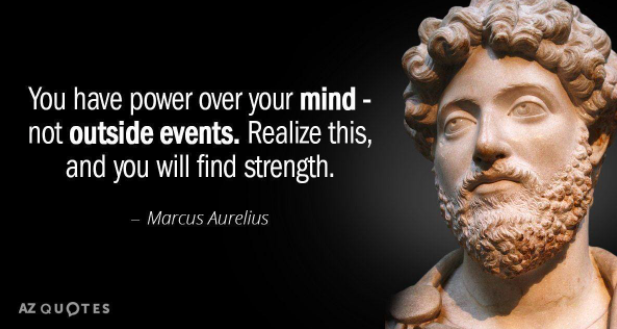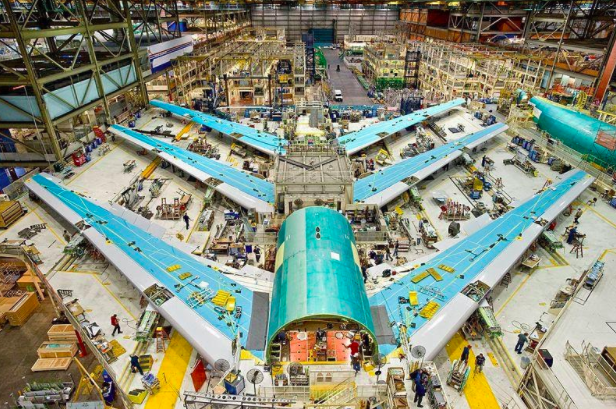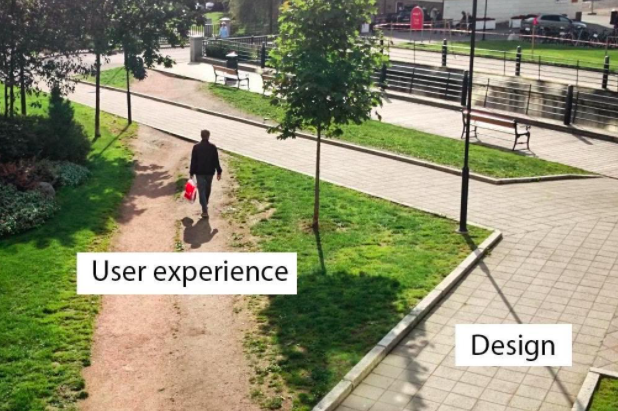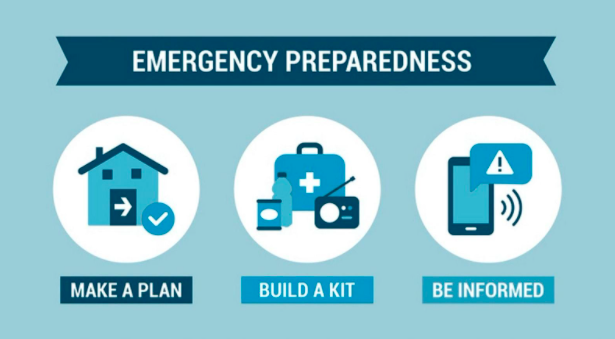
This guest post is by ELGL member Andrew Hening.
We are surrounded by systems. From schools to traffic to governments agencies, systems are interconnected sets of people/things/ideas that are organized in a way that achieves something.
Some systems, such as a bathtub, are quite simple. Others, like the global financial system, are extremely complex. The distinction between simple, complicated, and complex is actually quite important.
Simple Systems
I love funfetti cake, and funfetti is a great example of a simple system. It is comprised of a small number of elements (e.g. flour, eggs, oil, waiter, sprinkles). It requires a small number of interactions (e.g. mix dry ingredients, mix wet ingredients, combine, bake). And it has a straightforward goal — be a tasty baked good.

Complicated Systems
Complicated systems are simple systems on steroids. For example, imagine trying to build a Boeing 747 jumbojet. Compared to the handful of ingredients and instructions needed for funfetti, a 747 has over six million different components requiring tens of thousands of different steps to assemble. Like the cake, there is a clear path to a clear goal. If you have all the parts and you follow all of the instructions, you’ll end up with a plane that’s able to fly.

Complex Systems
Complex systems are categorically different.With complexity, different parts of a system dynamically interact with each other, and this interaction gives rise to spontaneity, nonlinearity, and emergence. According to the Harvard Business Review:
Complex [systems] are far more difficult to manage than merely complicated ones. It’s harder to predict what will happen, because complex systems interact in unexpected ways. It’s harder to make sense of things, because the degree of complexity may lie beyond our cognitive limits. And it’s harder to place bets, because the past behavior of a complex system may not predict its future behavior. In a complex system the outlier is often more significant than the average.
Outliers and Complex Systems
While we could further unpack complexity in a variety of different ways, let’s look at one facet — outliers. It helps that we are currently living through one in the form of COVID-19.
The annual risk of a global influenza pandemic is approximately 1%, which would suggest we should expect at least one major pandemic every 100 years. Even though the risk of a pandemic is baked into the system we call civilization, it is impossible to predict when exactly that “outlier” will emerge and, perhaps more importantly, how it will impact society.

I grew up in Richmond, VA, the former capital of the Confederacy. One of Richmond’s most (in)famous landmarks is a street called Monument Avenue, which until very recently was home to nine statues commemorating Confederate leaders like Jefferson Davis and Robert E. Lee. Consider the following timeline:
- In December of 2019, a novel coronavirus first appeared at a food market in Wuhan, China.
- By March of 2020, that virus had spread to the United States, transmission was accelerating, and public health officials began declaring stay-at-home orders.
- On May 25th, a Minneapolis police officer murdered an unarmed black man named George Floyd.
- By June, Black Lives Matter protests had erupted across the country, including along Monument Avenue.
- By July, the statues started coming down.

Seeing the world as a complex system, where different people and events can spark unpredictable reactions in other parts of the system, I can’t help but wonder: after 300+ murders of unarmed black Americans over the last seven years, was George Floyd’s death the tipping point, in part, because shelter-in-place finally created the time, attention, and/or pent up energy to more effectively protest and demand change?
Strategies for Navigating a Complex World
If a public health crisis in China can spark a social movement in Virginia, how can we possibly expect to effectively lead and manage in such a complex world? Ultimately we must find ways to accept, orient, and prepare.
#1 Accept What You Can’t Control. Act on What You Can.
The field of recovery services stumbled on this a long time ago. It is encapsulated in the famous “serenity prayer”, which goes like, “Grant me the serenity to accept the things I cannot change, the courage to change the things I can, and the wisdom to know the difference.” Of course, this concept dates back thousands of years to ancient stoic philosophers like Roman Emperor Marcus Aurelius, who taught that we can really only control ourselves, not other people, places, and things.
On one hand this idea might sound disempowering, but it is just the opposite. When we think we have control, and events or people don’t respond the way we want them to, we become angry and resentful. This frustration, in turn, can result in hostility, inaction, or apathy, all of which make the situation worse. If, however, we remain open to whatever life throws our way and instead focus on what’s actually in our control (e.g. wearing a mask, showing up at a demonstration, going to a city council meeting), we will find profound empowerment.

#2 Harness Real World Behavior.
If we can’t control other people, then we can at least design systems that harness the way people actually behave. This is the philosophy behind human-centered design. According to DC Design:
What distinguishes human-centered design from other problem solving approaches is its obsessive focus on understanding the perspective of the person who experiences a problem, their needs, and whether the solution that has been designed for them is truly meeting their needs effectively or not.
As an example, in California, COVID-19 has been hitting working class Latinx communities particularly hard. In Marin County, CA, where just 15% of the population is Latinx, over 75% of COVID cases are within that community. A big part of the reason is that low-income people might be able to shelter-in-place for a week, maybe two, but without income replacement or other financial supports, people face either getting COVID or getting evicted. In this way, an effective public health program must balance economically-motivated behavior.

#3 Create Guiding Principles.
If I’m out backpacking in the wilderness, and I get lost, I can turn to a compass to reestablish direction. Organizational guiding principles are the GPS devices for organizational culture and strategy. Predetermined strategies only work for predetermined problems. Guiding principles, on the other hand, are prescriptive only insofar as they help frame any issue or problem that arises.
For example, Nordstrom has one simple rule for all its employees “Use best judgment in all situations. There will be no additional rules.” This guiding principle results in some interesting behavior. If a customer wants an item that Nordstrom doesn’t carry, Nordstrom employees will help the customer buy it from a competitor. If merchandise is out of stock, Nordstrom will pay overnight shipping fees if a customer needs something urgently. In short, no matter what unexpected request arises, employees know to provide exceptional customer service. This customer service, in turns, leads to brand loyalty, which leads to long-term profitability.

#4 Outliers WILL Happen. Plan Accordingly.
For the past six months I have been logging into Zoom meetings from my garage. More than once my colleagues have ribbed me for having two floor-to-ceiling shelving units fully stocked with camping supplies, water, and other sundry supplies. While I wouldn’t say I’m a “prepper” by any stretch, when shelter-in-place first started, I was ready to go with N-95 masks and other hygiene supplies for my family. Ironically, living in the Bay Area, most of that gear had been in preparation for the now annual threat of catastrophic wildfires.
Whether it’s supplies, scenario-planning, trainings, emergency contacts, or signing up for emergency alerts, anything that helps you, your family, your organization, or your community gain some advanced preparation will provide resiliency in the face of uncertainty. As has been the case with our current pandemic and any other outliers lurking on the horizon, it’s not a matter of if but when.

Andrew Hening is currently consulting with public agencies looking to solve complex social challenges ranging from homelessness to civic innovation. With nearly 20 years of social sector leadership experience, from 2017 to 2019, Andrew helped co-lead systemic reforms in Marin County, CA, that decreased long-term chronic homelessness by 28%. During that same time he helped co-lead the City of San Rafael’s Harvard Kennedy School-recognized employee culture change and innovation initiative “Together San Rafael”. Andrew has a BA from the University of Virginia, an MBA from UC Berkeley, and most importantly, was ELGL’s 2017 Traeger Award Winner for the Top Influencer in local government. Feel free to reach out directly at andrew.hening@gmail.com.
